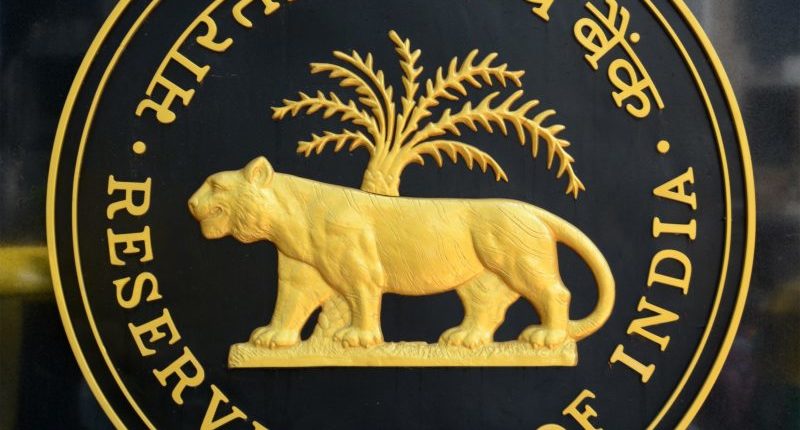The non-food credit growth rate fell to 6.2% year-on-year (YoY) for the fortnight ending 30 July from 6.1% in the previous fortnight. In a note dated 11 August, analysts at Care Ratings stated that the credit growth continued to remain low compared to the prior pandemic period. The risk aversion of borrowers and lenders is attributed to the low credit growth.
The Reserve Bank of India (RBI) has continued parking excess liquidity as a result of the poor credit growth. The RBI data shows that the outstanding non-food credit stood at Rs.108.33 lakh crore on 30 July. The deposit growth slowed to 9.8% YoY, with the value of bank deposits at Rs.155.49 lakh crore from 10.65% in the previous fortnight as of 30 July.
The agri-credit and retail account majorly for the growth in new loans. The Care Ratings observed that the lower borrowing by businesses attributes to the lower credit off-take by the service sector and industry. Since good quality borrowers have sifted to capital markets consequent to the COVID-19 second wave restrictions, businesses have low borrowings.
The corporate bond issuance grew by 27% in June 2021 compared with the corporate bond issuances in May 2021. The banks assert that the loan appetite is growing with the normalisation of liquidity conditions though FY21 was a rough year for corporate credit growth.
The State Bank of India Chairman, Dinesh Khara, noted earlier this month that the utilisation of the working capital limits continues to remain under pressure even though it is increasing. He stated that corporate credit growth looks reasonable and shows some marginal growth when the subscription to the banks’ bonds and commercial papers is considered.
The State Bank of India Chairman stated that the fact remains that there are underutilised limits of about Rs.3 lakh crore when it comes to the pipeline. After lifting the COVID-19 second wave restrictions, there is a recovery in loan growth from its sub-6% levels. However, it remains muted in an environment of weak economic growth.
The Care Ratings is expecting growth in the second half of the year and the credit growth for FY22 to be in low double-digits, led by a gradual expansion in economic activities. The primary reason for the low non-food credit growth rate is low borrowings by businesses.
The COVID-19 second wave restrictions hindered business activities. There is an expectation of a rise in non-food credit growth for FY22 since business activities have resumed after lifting the COVID-19 restrictions.
For any clarifications/feedback on the topic, please contact the writer at mayashree.acharya@cleartax.in

I am an Advocate by profession. I interpret laws and put them in simple words. I love to explore and try new things in life.





